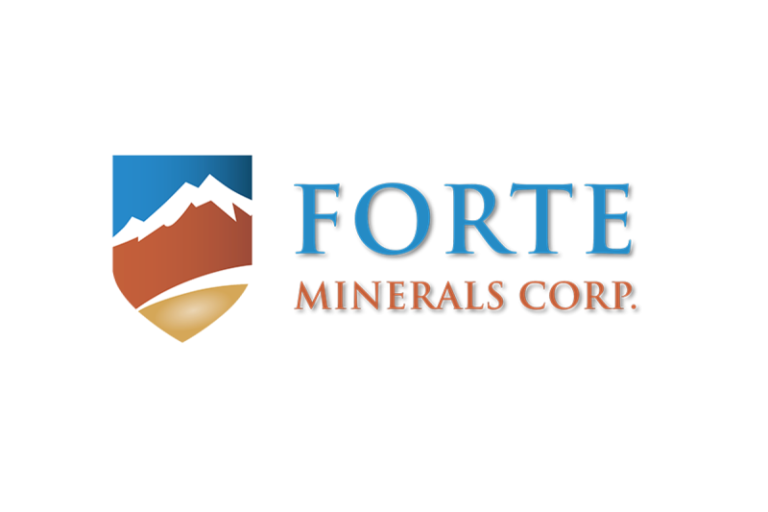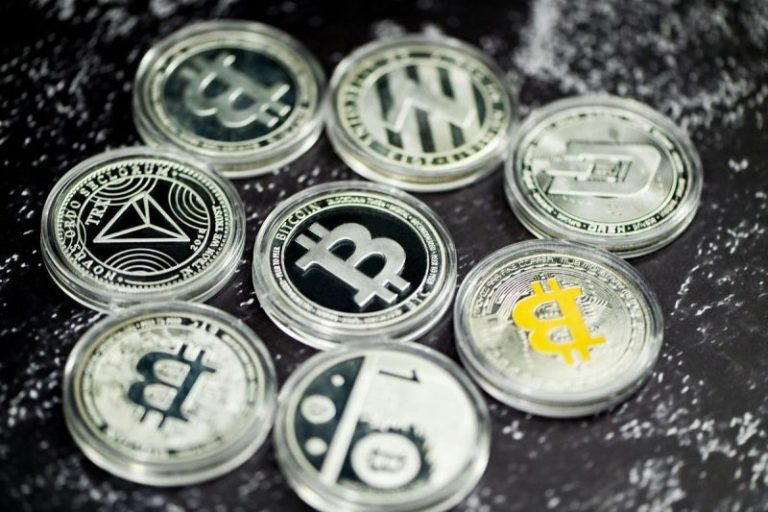The families of Israeli hostages held in Gaza blasted the newly-picked head of the Shin Bet security agency after he reportedly voiced opposition to hostage deals.
According to Israel’s Channel 12 News, Maj. Gen. David Zini said in meetings of the Israel Defense Forces (IDF) general staff: “I oppose hostage deals. This is a forever war.” The report does not provide a specific date for the Zini’s comments. Channel 12 says it was a position he repeated often over the past year.
“If the report is accurate, these are shocking statements, worthy of unequivocal condemnation, especially coming from someone who is expected to hold the fate of the hostages in his hands,” said the Hostages and Missing Families Forum in a statement on Friday.
In his current position as the head of the Training Command and General Staff Corps in the IDF, Zini has little influence on hostage negotiations and his personal beliefs are largely irrelevant to the process. But if confirmed as head of the Shin Bet, Zini could have a significant role considering the agency’s participation in previous rounds of indirect negotiations with Hamas.
“Appointing a Shin Bet chief who prioritizes (Prime Minister Benjamin) Netanyahu’s war over the return of the hostages is a sin upon a crime and an injustice to the entire people of Israel – a blow to the value of solidarity and the sacred duty to leave no one behind,” the forum said.
When asked for comment, the IDF said it “does not on comment on content discussed in General Staff deliberations.”
Zini’s career in the military has mostly been as a field officer with little experience in intelligence, which is a core aspect of the Shin Bet, officially called the Israel Security Agency.
Ruby Chen, the father of Israeli-American soldier Itay Chen, whose body is still held in Gaza, said on social media that “Netanyahu appoints to key positions people who lack the relevant skills in order to control the system.”
Netanyahu announced Zini’s nomination on Thursday, one day after Israel’s Supreme Court ruled that he had a conflict of interest in firing the previous Shin Bet chief, Ronen Bar, and could not appoint a replacement.
In its decision, the court said the firing “was made when the Prime Minister had a conflict of interest in light of the investigations into the affairs of his associates; that the decision was made without a factual foundation; and without a proper hearing being held for the Shin Bet head.”
On Thursday, the Attorney General said: “The Prime Minister acted contrary to legal guidance, there is serious concern that he acted when he is in a conflict of interest, and the appointment process is flawed.”
But Netanyahu proceeded with the appointment anyway. The Prime Minister’s Office issued a statement on Friday defending the decision. “This is an urgent security necessity, and any delay harms the security of the state and the safety of our soldiers,” it said. Netanyahu said on Friday that he has known Zini for years.
The choice of Zini as an active-duty general was also unprecedented, prompting the IDF’s Chief of Staff Lt. Gen. Eyal Zamir to issue a statement saying that Zini would retire “in the upcoming days” before he can take up the civilian Shin Bet post.
The pick appeared to surprise the country’s top general, who emphasized that “any discourse conducted by IDF soldiers with the political echelon must be approved by the Chief of General Staff.”










